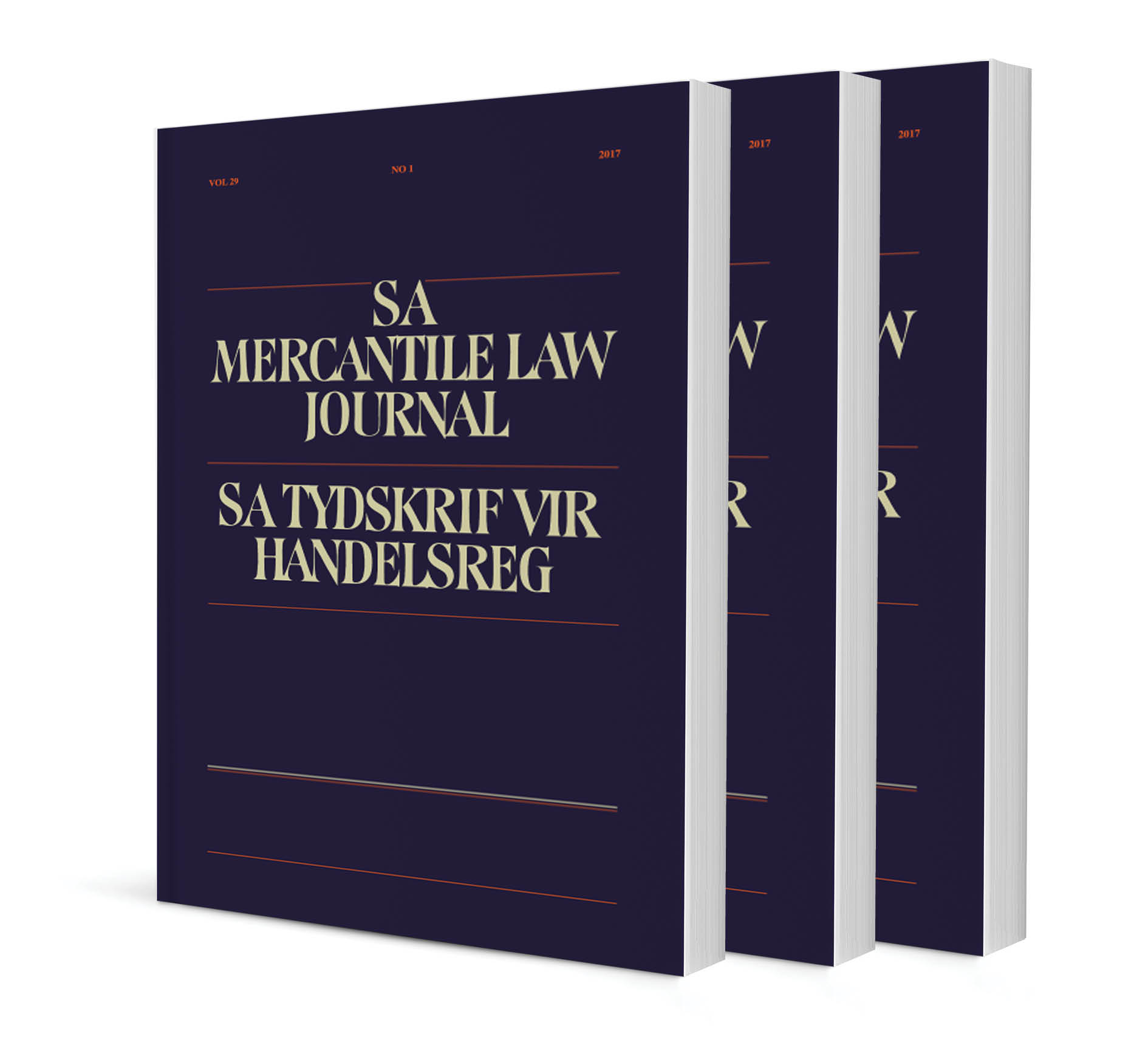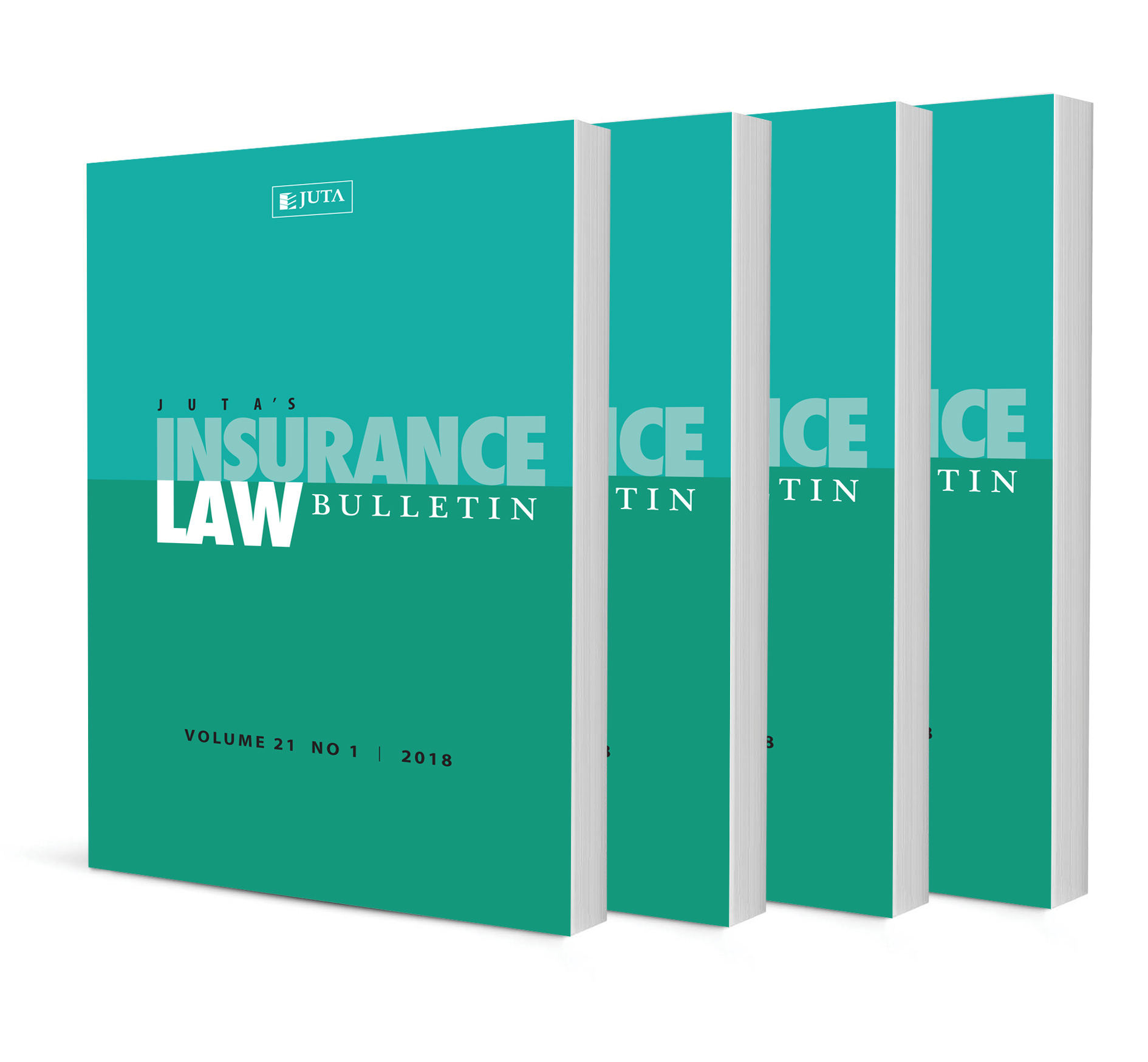The role of consumer courts and the Motor Industry Ombudsman of South Africa in the realisation of rights for consumers: A critical analysis of KwaZulu-Natal Consumer Protector v Jatru Trading (Pty) Ltd t/a Trucking Traders [2023] ZANCT 14

CASE NOTES
The role of consumer courts and the Motor Industry Ombudsman of South Africa in the realisation of rights for consumers: A critical analysis of KwaZulu-Natal Consumer Protector v Jatru Trading (Pty) Ltd t/a Trucking Traders [2023] ZANCT 14
Author: Tshepiso Scott-Ngoepe
ISSN: 1996-2185
Affiliations: Senior Lecturer, Department of Mercantile Law, University of Pretoria
Source: South African Mercantile Law Journal, Volume 36 Issue 2, 2024, p. 346 – 360
https://doi.org/10.47348/SAMLJ/v36/i2a11
Abstract
None

